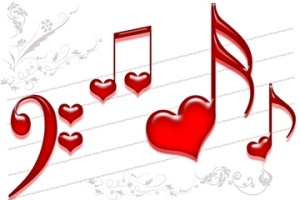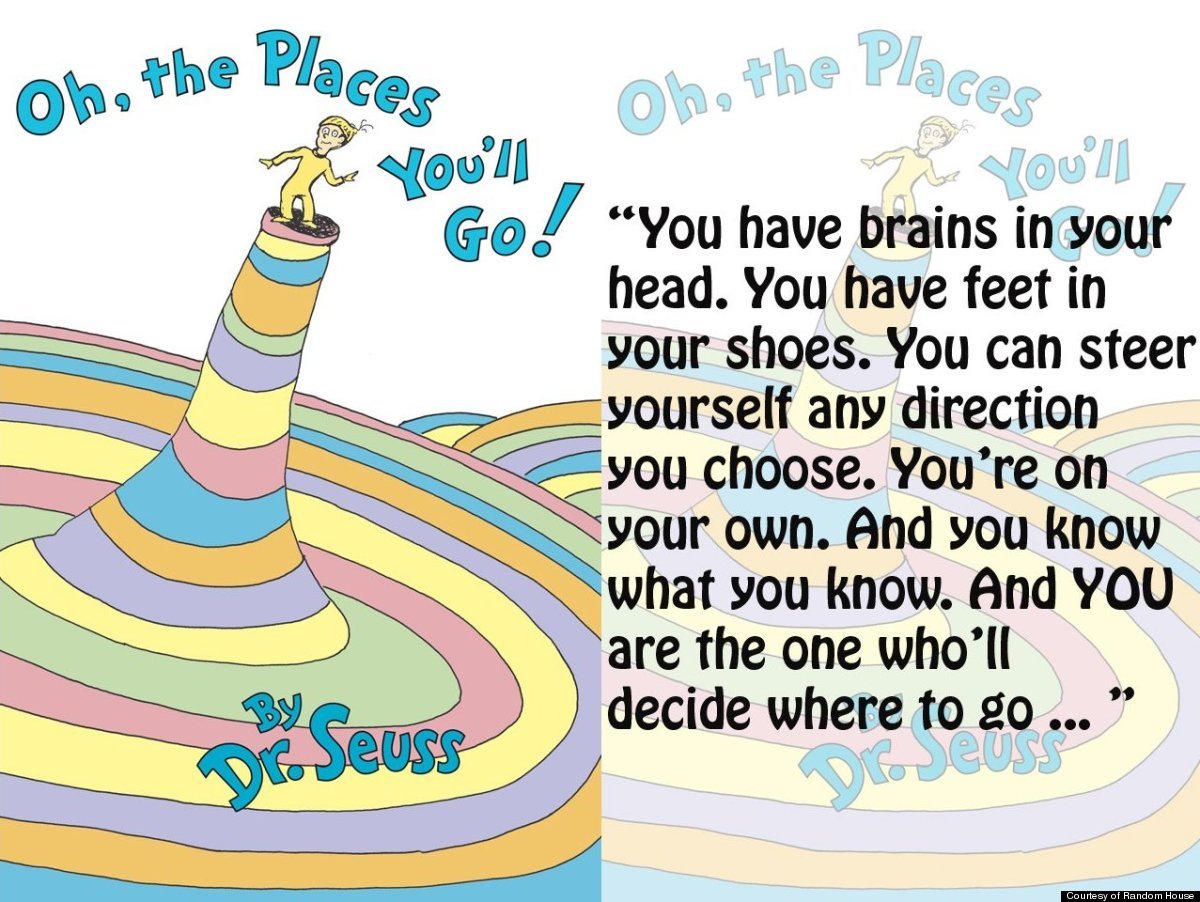When we see the potential in another – when we believe that person can accomplish great things – a life is changed forever.
One HYCL Team Member’s Account:
The first week I taught kindergarten in our new community, I was stunned at how little the children knew. Many did not know their own names and answered only to nicknames like “Pookey, Flower, or Sister.” Most children had never been in a classroom setting and many did not have paper, pencils, or a book in their home. So I kept my expectations low and addressed only the basics of the curriculum.
In October, the school held a talent show and we attended the event. When a sixth grader began demonstrating his talent to the song Achey Breaky Heart, by Billy Ray Cyrus, my students came alive. To my shock, in concert with the rest of the assembly, my 27 five-year-olds stomped their feet on the bleachers and sang – all 211 memorized words.
Suddenly, I saw their potential and knew that they were capable of great things. They were full of ability and when we got back to our classroom, I told them so. From that moment on, I expected great things from them. I set lofty goals. They met them. I challenged their analytical skills. They problem-solved with proficiency. I raised the standards higher and they met me at the top. The rest of the year we celebrated their potential, their growth, and their remarkable achievements.
We share this story as a reminder to us all that what we see is not always accurate. Our perception of who a person is can often be skewed by our own vision, or lack thereof. We expect little, so we see little. But when we expect great things, when we truly believe in our children and in each other, we will see remarkable achievement. So let us set our sights high by believing in limitless potential and endless abilities. Let us see what God sees.







